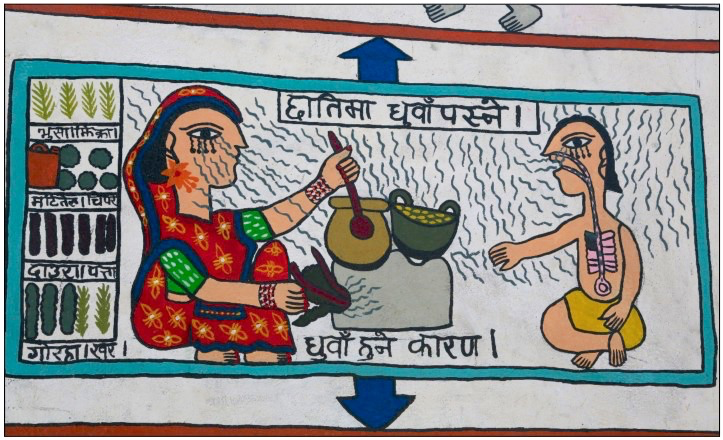


Joe Smith and his daughter were, after their trek in Nepal last summer.
Joe sent a substantial contribution to the Himalayan Stove Project, and when we asked him how he had heard about us and what moved him to be so very generous, here’s what he wrote:
Hello George,
In April and May, my daughter (age 27) and I (age 63) hiked the Annapurna Circuit for 20 days.
It was an amazing experience. The mountains were beyond anything that I imagined.
The Nepali people were friendly, inviting, hospitable. It was like a dream. Plus, of course, I had my daughter all to myself for 3 weeks.
After we finished, I wanted to show my appreciation to Nepal and its people for such a great experience. I decided on charitable giving. After conferring with my trekking partner daughter, I decided to contribute to charities that that would help preserve the environment of the trekking areas, keeping them devoted to trekking type economic development. I hope that they can remain as pristine as possible, so that my grandchildren (don’t have any quite yet) will be able to duplicate my treck experience.
So, when got back I Goggled “Nepal charities” and found you guys.
As my daughter and I trekked, the environmental challenge presented by wood cooking fires was evident. The Lonely Planet guide books discuss it. And we recognized that we’d contributed to the problem during our treck. So we figured that a gift to you would help the environment and the people, and help undo our personal contribution to deforestation.
Also, the need of the people was obvious.
I also contributed to the Himalayan Rescue Assn. (we visited the clinic in Manang) and the Cataract project folks.
So, there you are. Every morning I sit on my porch, drink some coffee before going to work, and look at photos of our trip, on my iPad. What a trip. My daughter and I hope to return in 2013 or 2014 and trek the Manasulu Circuit. Just writing to you gets me excited to go back.
Good luck with your project.
Do you ever need any volunteer help (I may retire soon)? Or just money?
Now you’ve got me fired up, I’m going to send you a photo of us a Throng La.
You may use the letter and photo. Glad to help.
Joe Smith



Thank you for contacting Himalayan Stove Project. You have been successfully subscribed to our newsletter!